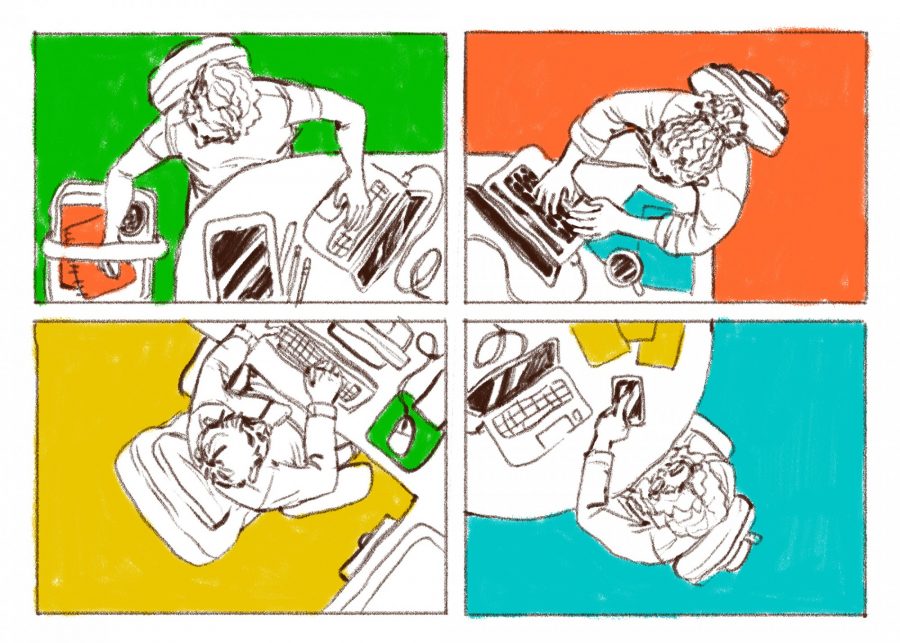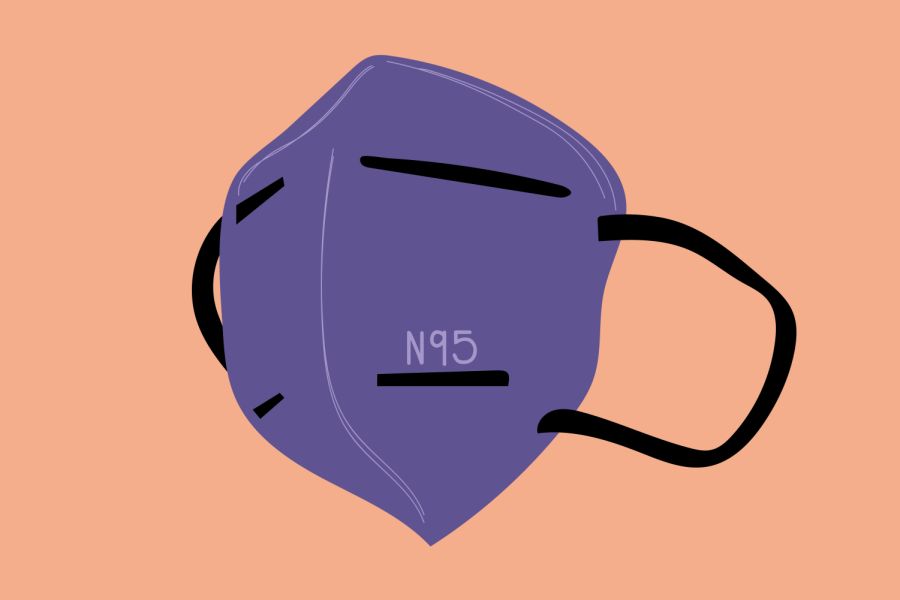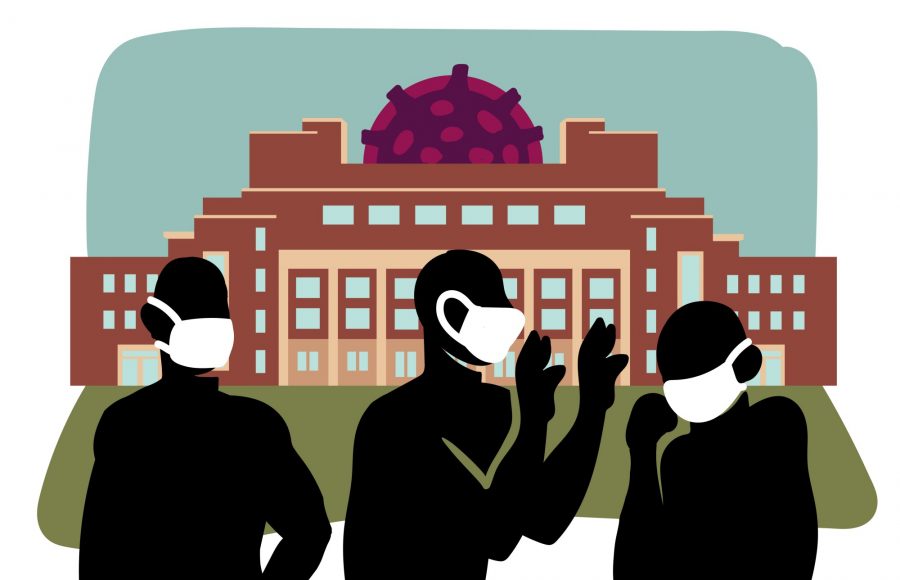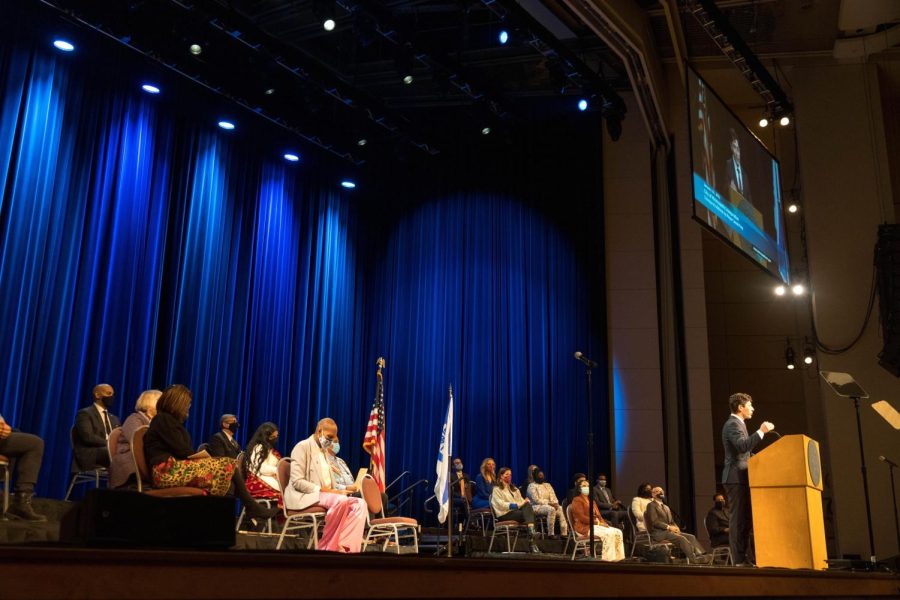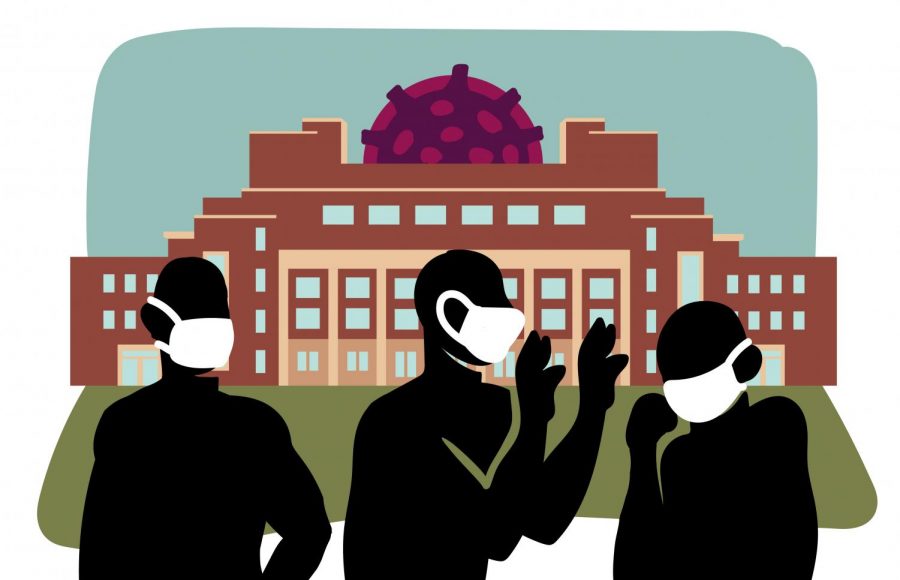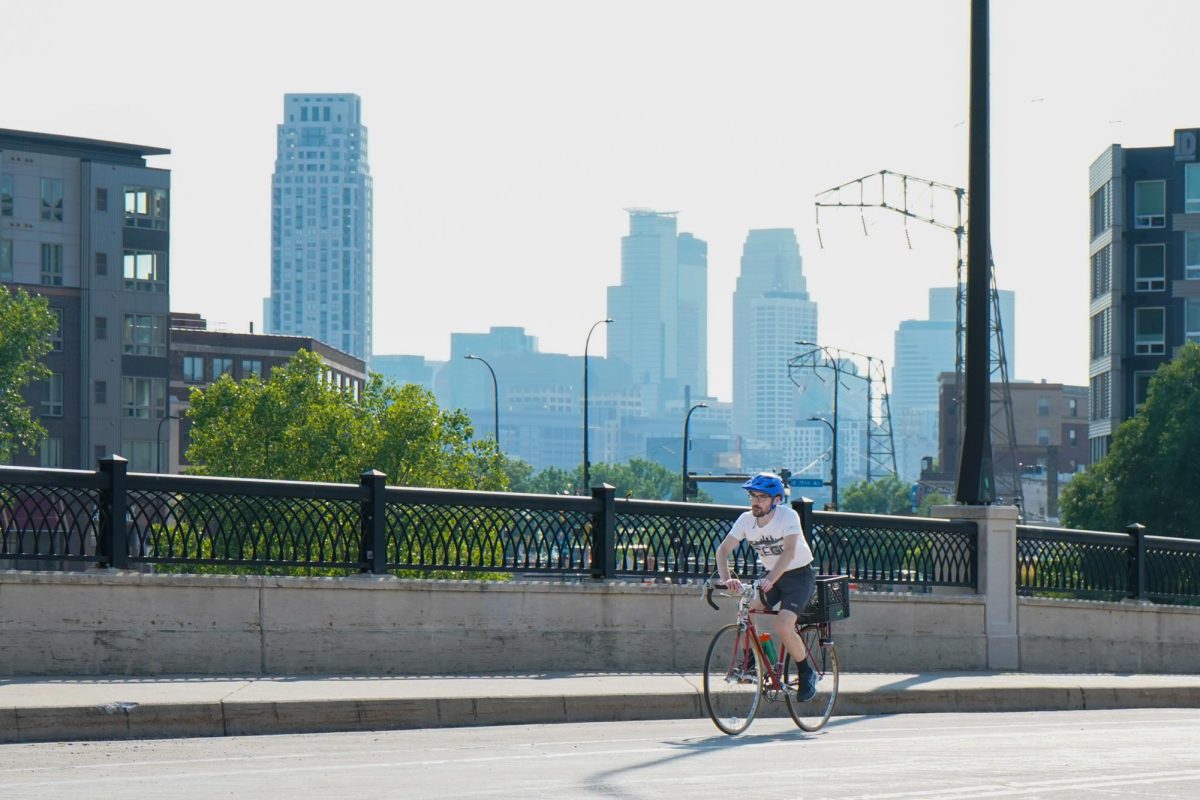After faculty selected teaching formats for fall semester earlier this month, the University of Minnesota is now working through the logistics of holding in-person classes.
Maintaining safe classes is expected to be a challenge for some departments. While many faculty say they want to teach in person, University classroom sizes and social distancing measures may make implementation difficult.
Classes online, in-person and somewhere in between
Out of the over 8,900 classes the University has planned for fall on the Twin Cities campus, over 6,250 are expected to be online.
According to an email sent by a University spokesperson, around 60% of all students on the Twin Cities campus have at least one hybrid or in-person class.
The University is still finalizing instructional methods as well as which courses will be offered for the fall.
According to a University statement, to prepare for the upcoming semester, the Office of Classroom Management placed virtual 6-foot diameter circles over existing rooms to find out how many people could be in a room while social distancing. Of the 339 general purpose classrooms on the Twin Cities campus, more than 50% can hold 25 people or fewer.
Departments were expected to indicate faculty’s preferences for their courses early this month. The Office of Classroom Management then assigned rooms based on class sizes.
“I’m presuming that [if] more instructors ask for classrooms, then there [are] classrooms available. Then some kind of selection is going to have to be made,” said Thomas Chase, the chair of the Senate Committee on Educational Policy.
One option that has been discussed for larger in-person classes is having “platoons.” In this format, a rotating portion of students would come to the classroom periodically. Since no student would be able to attend every class, they could make up the remaining material online by watching recorded lectures.
Another possible method for hybrid classes may be holding introductory classes outside, where students could have the chance to see each other face-to-face before shifting to online learning for the rest of the semester.
Labs on campus have also faced difficulties due to social distancing measures.
“If we were to socially distance students with our lab spaces, we would at most be able to run at 25% capacity. We run labs right now from eight until five every day, Monday through Friday — those are typically very full,” professor and director of general chemistry Michelle Driessen said. “If you add in there needing to put time in between those meetings so that someone can come in and … sanitize the space, that becomes a real challenge.”
The Department of Chemistry is working on potentially sending out chemistry kits to ensure online students can still participate in labs and meet learning outcomes.
While the kits have not been finalized, the department is hoping to include all the materials necessary for students to follow along with remote labs throughout the semester, Driessen said.
There are around 2,500 students in general chemistry labs each semester, she said.
Faculty response
Some faculty on campus say they have been conflicted about holding classes in person.
“If an instructor feels that they could be endangering either themselves or the students by going in person, it’s been pretty much guaranteed to them that they’ll have the option of choosing online if they feel they need to do that for safety,” Chase said.
June Carbone, a professor in the University of Minnesota Law School and member of SCEP, said she is hoping to teach a few introductory courses online for her course on gender and sex law.
While the logistics around potential outside classes are still in the works, Carbone said she hopes an initial introduction between students will encourage participation in class discussions, even if they have to be moved online later.
“I’ve always found it to be a very emotionally powerful class,” Carbone said, who encourages students to speak about their individual experiences with gender. “I would like for people to meet each other first.”
While teaching in person has many benefits, social distancing measures may make group work and discussions more difficult, Department of Gender, Women, and Sexuality Studies professor Jigna Desai said.
“How would people wearing masks, for example, who have to social distance do group work? If they have to [maintain] six feet distance, how are they going to talk in groups of four?” Desai said.
Faculty Consultative Committee Chair Phil Buhlmann said he understands that if there is a surge in COVID-19 cases in the fall, every in-person class will be shifted back to online spaces, something that could impact student learning.
“I personally do want to teach in the classroom because I do think that our students … will benefit from that,” Buhlmann said.










